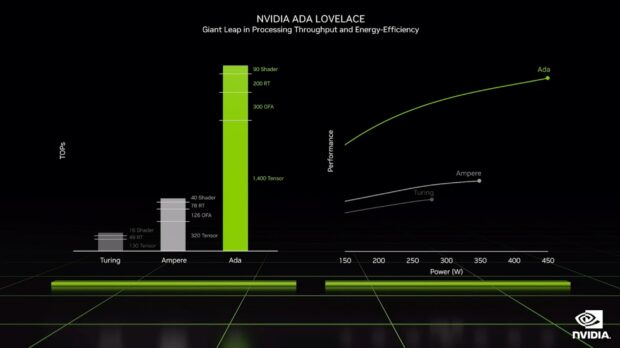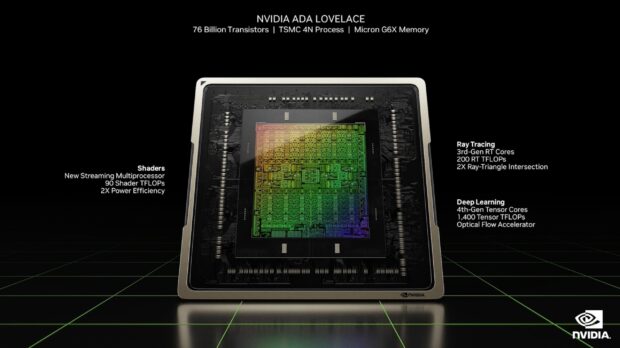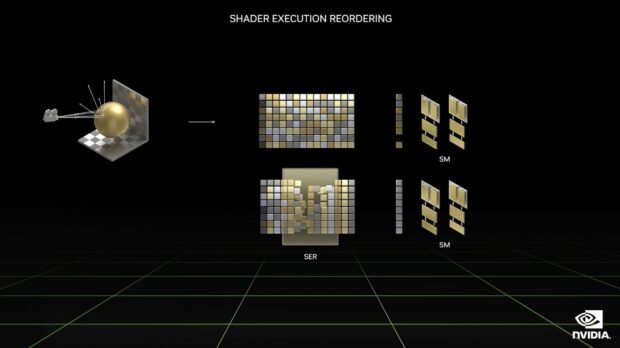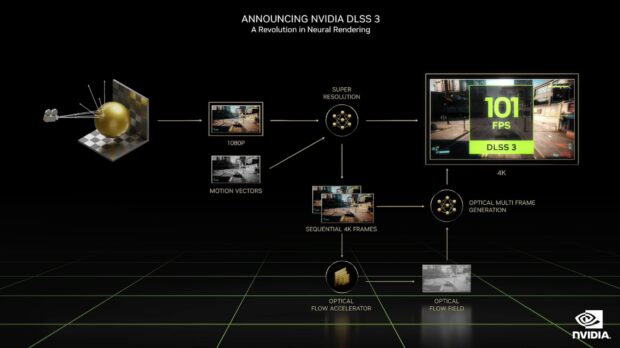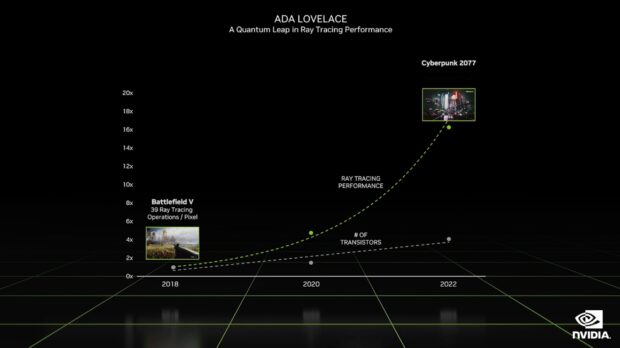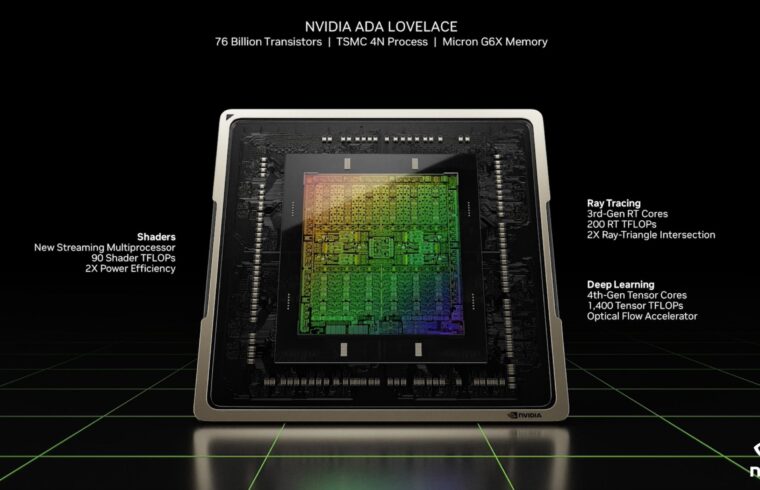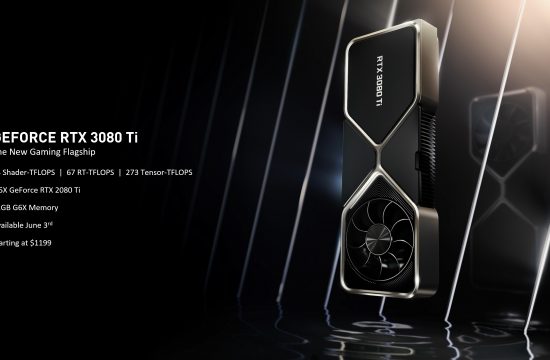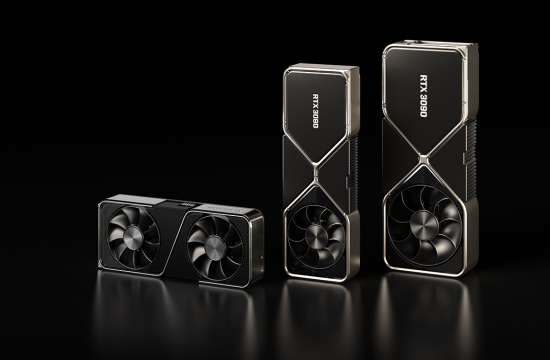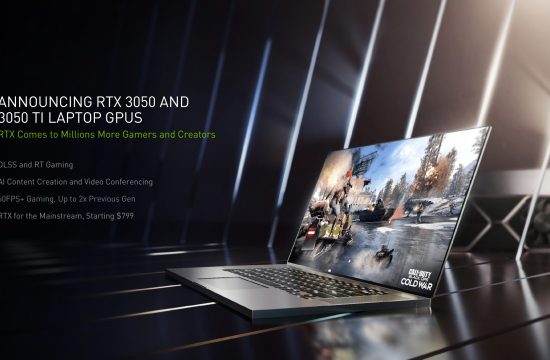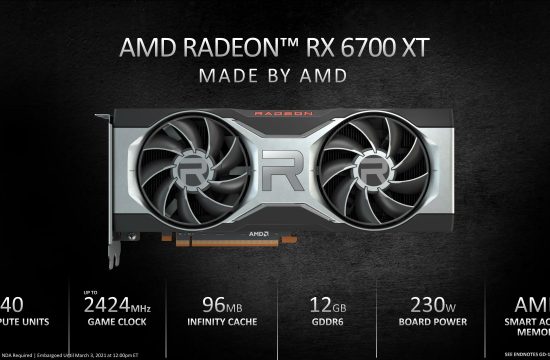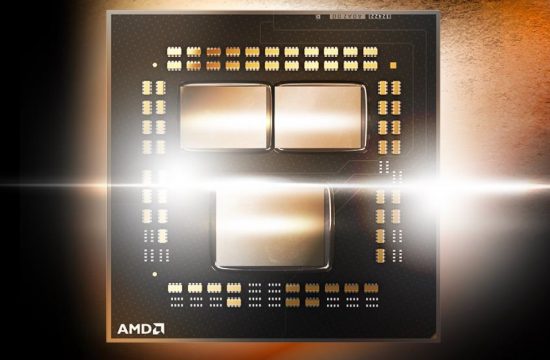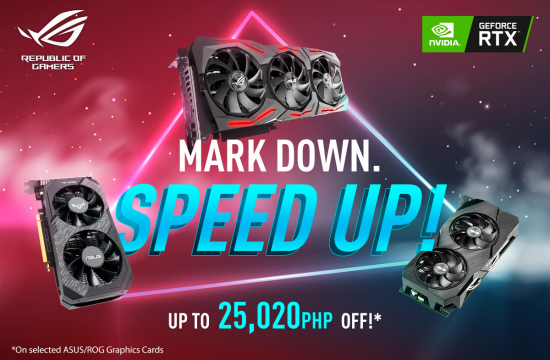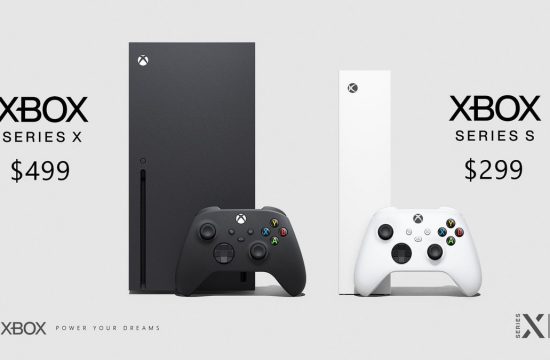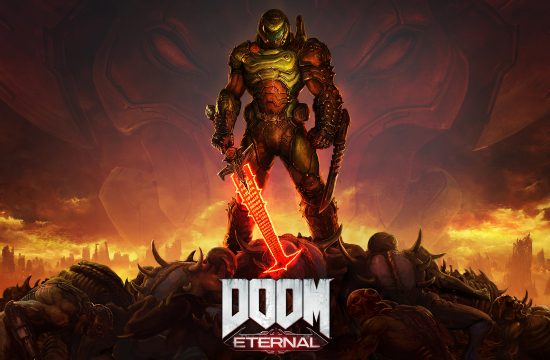Prepare your wallets folks, Nvidia is officially announcing its RTX 40-series GPUs today. The RTX 4090 arrives on October 12th priced at $1,599, with the RTX 4080 priced starting at $899 and available in November. Both are powered by Nvidia’s next-gen Ada Lovelace architecture.
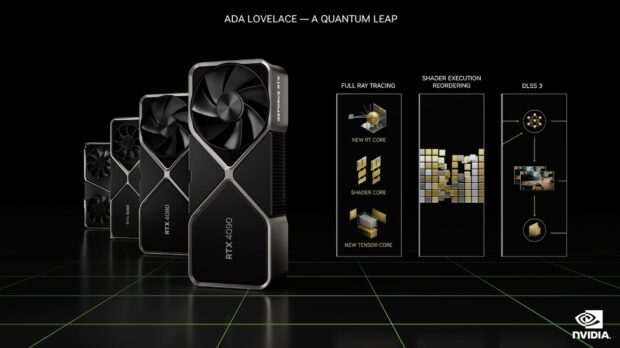
Nvidia is offering the RTX 4080 in two models, one with 12GB of GDDR6X memory and another with 16GB of GDDR6X memory, and Nvidia claims it’s 2-4x faster than the existing RTX 3080 Ti.
The RTX 4090 is the top-end card for the Lovelace generation. It will ship with a massive 24GB of GDDR6X memory. Nvidia claims it’s 2-4x faster than the RTX 3090 Ti, and it will start shipping on October 12th.
For anyone interested in a Founder’s Edition 4080, do note that Nvidia specifically mentioned that there is no FE for the 12GB version.
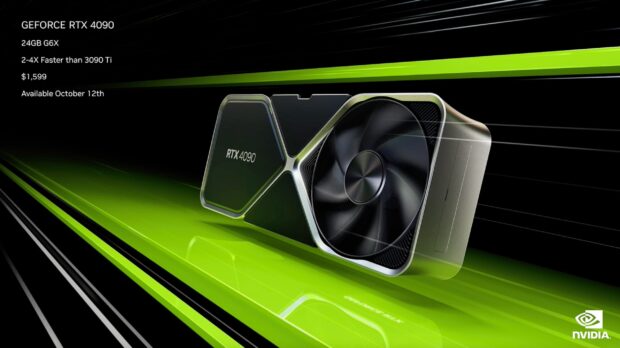
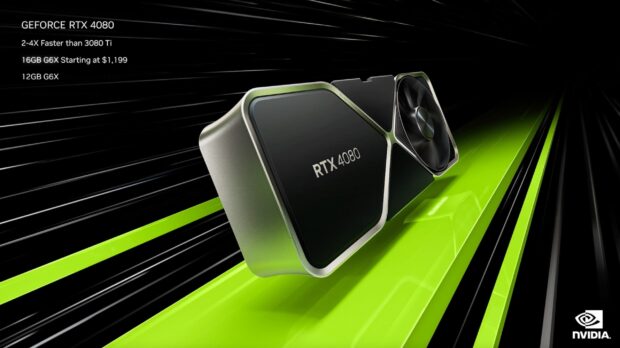
Here’s the best bits of the press release
DLSS 3 Generates Entire Frames for Faster Game Play
Huang also announced NVIDIA DLSS 3—the next revolution in the company’s Deep Learning Super Sampling neural-graphics technology for games and creative apps. The AI-powered technology can generate entire frames for massively faster game play. It can overcome CPU performance limitations in games by allowing the GPU to generate entire frames independently.The technology is coming to the world’s most popular game engines, such as Unity and Unreal Engine, and has received support from many of the world’s leading game developers, with more than 35 games and apps coming soon.
Additionally, the RTX 40 Series GPUs feature a range of new technological innovations, including:
- Streaming multiprocessors with up to 83 teraflops of shader power—2x over the previous generation.
- Third-generation RT Cores with up to 191 effective ray tracing teraflops—2.8x over the previous generation.
- Fourth-generation Tensor Cores with up to 1.32 Tensor petaflops—5x over the previous generation using FP8 acceleration.
- Shader Execution Reordering (SER) that improves execution efficiency by rescheduling shading workloads on the fly to better utilize the GPU’s resources. As significant an innovation as out-of-order execution was for CPUs, SER improves ray tracing performance up to 3x and in-game frame rates by up to 25%.
- Ada Optical Flow Accelerator with 2x faster performance allows DLSS 3 to predict movement in a scene, enabling the neural network to boost frame rates while maintaining image quality.
- Architectural improvements tightly coupled with custom TSMC 4N process technology results in an up to 2x leap in power efficiency.
- Dual NVIDIA Encoders (NVENC) cut export times by up to half and feature AV1 support. The NVENC AV1 encode is being adopted by OBS, Blackmagic Design DaVinci Resolve, Discord and more.
New ray tracing Tech for Even More Immersive Games
For decades, rendering ray-traced scenes with physically correct lighting in real time has been considered the holy grail of graphics. At the same time, geometric complexity of environments and objects has continued to increase as 3D games and graphics strive to provide the most accurate representations of the real world.Achieving physically accurate graphics requires tremendous computational horsepower. Modern ray-traced games like Cyberpunk 2077 run over 600 ray tracing calculations for each pixel just to determine lighting—a 16x increase from the first ray-traced games introduced four years ago.
The new third-generation RT Cores have been enhanced to deliver 2x faster ray-triangle intersection testing and include two important new hardware units. An Opacity Micromap Engine speeds up ray tracing of alpha-test geometry by a factor of 2x, and a Micro-Mesh Engine generates micro-meshes on the fly to generate additional geometry. The Micro-Mesh Engine provides the benefits of increased geometric complexity without the traditional performance and storage costs of complex geometries.
Creativity Redefined With RTX Remix, New AV1 Encoders
The RTX 40 Series GPUs and DLSS 3 deliver advancements for NVIDIA Studio creators. 3D artists can render fully ray-traced environments with accurate physics and realistic materials, and view the changes in real time, without proxies. Video editing and live streaming also get a boost from improved GPU performance and the inclusion of new dual, eighth-generation AV1 encoders. The NVIDIA Broadcast software development kit has three updates, now available for partners, including Face Expression Estimation, Eye Contact and quality improvements to Virtual Background.NVIDIA Omniverse—included in the NVIDIA Studio suite of software—will soon add NVIDIA RTX Remix, a modding platform to create stunning RTX remasters of classic games. RTX Remix allows modders to easily capture game assets, automatically enhance materials with powerful AI tools, and quickly enable RTX with ray tracing and DLSS.
